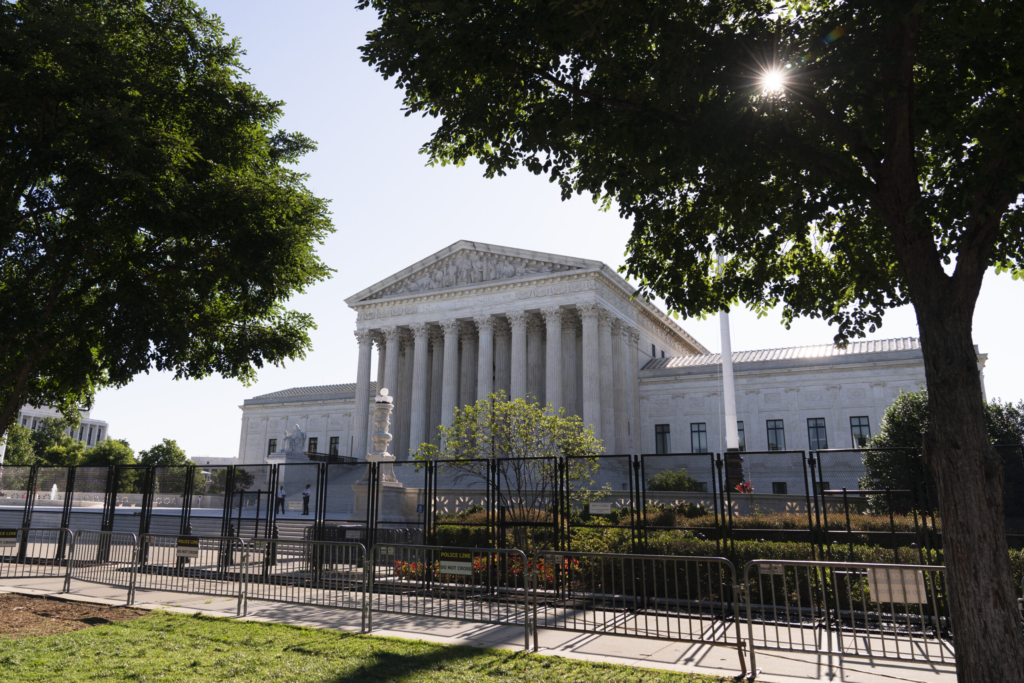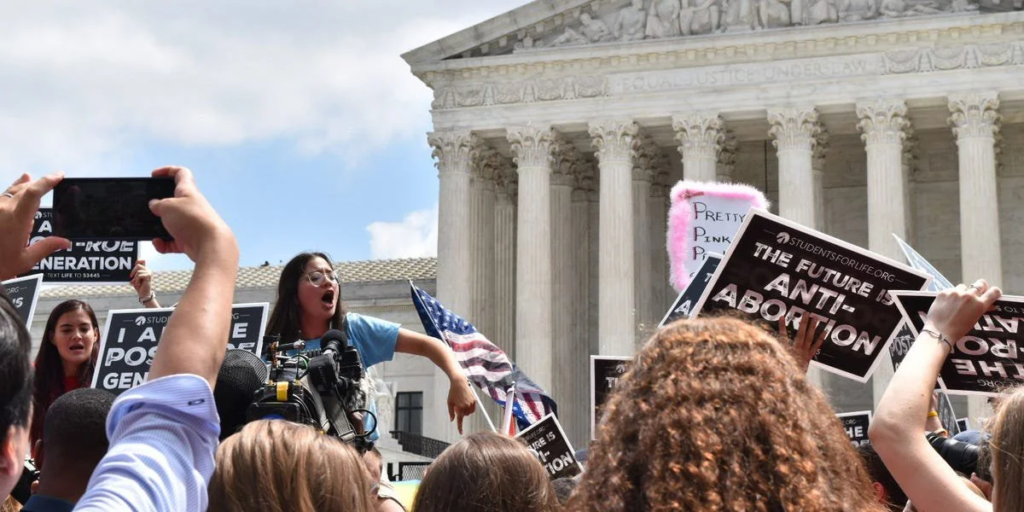Recent Supreme Court decisions are proving to be more than just headlines. They are setting precedents that will shape how executive power, agency oversight, civil liberties, and environmental regulation function for years to come. As the Court settles old questions and opens new ones, Americans are only beginning to understand the long-term effects of these rulings.
This article explores some of the most important recent Supreme Court decisions, how they are shifting power between branches of government, how they affect civil rights and regulation, and what to expect in the months ahead.
Key Recent Supreme Court Decisions
Several rulings in recent months stand out for their impact and long-term consequences:
- The Court allowed President Donald Trump to remove a Democratic member of the Federal Trade Commission. This challenged decades-old protections designed to shield independent agencies from political interference.
- A separate ruling narrowed the scope of environmental impact assessments under the National Environmental Policy Act. This decision will likely accelerate large infrastructure projects by reducing regulatory reviews.
- The Court upheld a Tennessee law banning gender-affirming medical care for minors, a ruling with major implications for civil rights and healthcare law across the country.
Though these cases touch very different areas, from agency oversight to environmental law and medical rights, together they highlight a larger pattern: the Court is redrawing boundaries in ways that expand executive or legislative authority at the expense of older protections.

Shifting the Balance of Power
The recent decisions illustrate how the Court is altering the balance of power in several important areas.
Executive Control Over Agencies
By allowing the president to dismiss an FTC member without cause, the Court has reshaped the relationship between the executive branch and independent agencies. For nearly 90 years, rulings like Humphrey’s Executor protected members of agencies such as the FTC from being easily removed by presidents. These protections were intended to preserve independence and ensure regulatory continuity. The new decision weakens that barrier, raising concerns that agencies may now operate more as extensions of presidential power than independent regulators.
Environmental Oversight
The decision to limit how extensively environmental reviews must be conducted under NEPA signals a shift in the Court’s approach to regulation. Supporters argue this will reduce costly delays in building infrastructure, highways, rail systems, and energy projects. Critics warn that weaker reviews risk overlooking long-term environmental and health harms. The ruling reflects a broader judicial philosophy that prioritizes efficiency and economic development, even if it reduces regulatory safeguards.
Civil Rights and Medical Care
By upholding Tennessee’s law banning gender-affirming care for minors, the Court stepped into one of the most contested areas of modern civil rights. Supporters of the law argue it protects children from irreversible decisions, while opponents say it denies necessary healthcare and discriminates against transgender youth. The ruling may encourage other states to pass similar laws and sets a precedent for how courts will treat such legislation in the future. It also signals that medical decisions involving vulnerable groups may increasingly be subject to state-level restrictions.
The Role of Emergency Orders
One of the less visible but increasingly important aspects of the Court’s work is its reliance on emergency orders, often referred to as the “shadow docket.” These are decisions made quickly, without full written opinions or oral arguments, to resolve urgent disputes. In many recent cases, the Court has used this mechanism to allow government actions to proceed even while legal challenges remain unresolved.
This approach has real consequences. Policies can take effect immediately, altering the lives of citizens and shaping the actions of agencies before courts issue full rulings. While efficient, the use of emergency orders raises questions about transparency, consistency, and accountability. Without detailed opinions, it is harder for lower courts and policymakers to understand the reasoning behind these decisions, increasing legal uncertainty.
Long-Term Consequences of Recent Decisions
The Court’s recent actions will reverberate across American law and society in several key ways.
Lasting Precedents
Supreme Court decisions do not only resolve the disputes before them. They establish legal precedents that influence future rulings, guide legislatures, and shape how agencies interpret their powers. The rulings on agency removal powers, environmental review, and gender-affirming care are likely to become reference points in upcoming legal battles.
Reduced Agency Independence
With presidents now having more freedom to remove agency members, the traditional independence of regulatory agencies is under threat. Agencies may become more politically driven, less consistent, and less insulated from partisan shifts. While this could make them more responsive to the elected executive, it may also erode their role as neutral guardians of public interest.
Faster Policy Implementation
By scaling back regulatory reviews, the Court has effectively cleared the way for faster approval of infrastructure and development projects. This could boost economic growth and job creation but may also lead to unintended harms if environmental risks are not fully considered. The trade-off between speed and safety is one that policymakers and communities will now have to navigate more carefully.
Impacts on Civil Rights
Civil rights cases often set cultural and legal standards that extend well beyond the individuals directly involved. The Tennessee ruling demonstrates how the Court’s decisions can validate restrictive laws and encourage other states to follow suit. This may result in a patchwork of rights across the country, where protections vary dramatically depending on where a person lives.
Increased Legal Uncertainty
When decisions are issued quickly through emergency orders or narrowly tailored rulings, ambiguity often remains. This leaves lower courts, state governments, and agencies unsure about how to apply the rulings in different contexts. The result can be inconsistent enforcement and prolonged legal disputes.

What to Watch Next
Looking ahead, several developments will indicate how the Court’s recent direction may evolve:
- Whether the Court ultimately overturns or significantly narrows Humphrey’s Executor, removing nearly all protections for independent agencies.
- How states respond to the Tennessee ruling. If more states pass similar laws, legal challenges will test the scope of the Court’s decision.
- Future cases that question the authority of federal agencies to regulate areas such as climate change, healthcare, or technology.
- The continued use of emergency orders and whether the Court provides more detailed explanations in such cases.
- Public and political reactions, which may drive new legislative attempts to limit or expand the Court’s influence.
The Supreme Court’s Expanding Influence
The Supreme Court has always played a critical role in interpreting the Constitution and shaping the balance of power. What is notable about recent decisions is the Court’s willingness to revisit long-standing precedents and redefine institutional roles. By doing so, it is not simply interpreting the law—it is reshaping the framework within which American democracy operates.
Conclusion
Recent Supreme Court decisions are redefining the boundaries of executive authority, agency independence, environmental protection, and civil rights. These rulings are not isolated legal disputes; they are shaping the future of governance and daily life in the United States.
As the Court continues to weigh in on these vital issues, its decisions will influence not only the legal system but also the direction of national policy. For citizens, policymakers, and advocates, staying alert to these shifts is essential. The long-term effects of these rulings will not be felt immediately, but they will shape the nation’s institutions, laws, and protections for decades to come.
Do Follow USA Glory On Instagram
Read Next – Healthcare Budget Battles Threaten Medicaid and ACA






